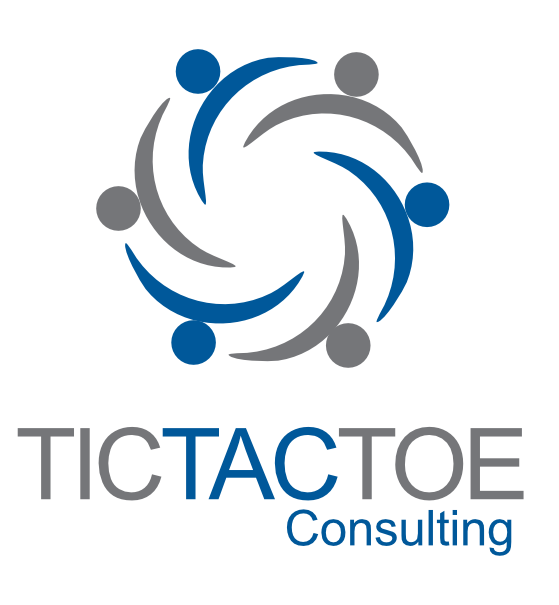Succession Planning
Succession Planning
Succession planning ensures uninterrupted business operations during sudden leadership changes caused by turnover, unexpected events like sudden death or displacement, ensuring stability, continuity, and strategic growth. It emphasizes identifying, nurturing, and grooming future key personnel. Modern succession planning is data-driven and systematic, providing actionable frameworks to address traditional challenges.
What’s the common challenge in succession planning for companies?
Succession planning brings numerous benefits, but organizations often struggle with one key challenge: identifying the right candidates for critical roles that will drive future business growth. It’s more than just filling positions; it’s about finding the right talent to the important positions.
Fragmented data collection and analysis
Organizations frequently gather data in a fragmented way, missing out on important insights such as psychometric assessment references. Insufficient analysis inhibits the objective assessment of potential successors, leading to heavy reliance on past achievements rather than future potential. This tendency can contribute to the Peter Principle, where candidates are chosen mainly based on their past performance rather than their potential for future success.
Successor readiness and growth
Ensuring that potential successors are adequately prepared for their future roles is crucial. This requires investing in their development through training programs, mentoring, and providing platforms and opportunities for growth. Assessing the readiness of potential successors involves evaluating personal attributes such as positivity, adaptability, learning agility, interpersonal skills, and problem-solving abilities. This evaluation provides insight into their preparedness for critical and leadership roles, ultimately driving the business forward.
Bias and subjective judgment in identifying successors
It’s tough to find the right people for important roles because managers’ perceptions and unconscious biases often affect the process. These biases happen when there’s not enough detailed data, making it harder to objectively evaluate potential successors.
Our approach to Succession Planning:
Data analysis via assessment and HR tools
A range of psychometric assessments and tools are accessible to gather talent pool data. This information is then integrated into data-driven HR analytics, serving as an objective reference point to counteract manager’s subjective perceptions and unconscious biases.
The 9 Box Talent Review is another impactful initiative for assessing your talents’ qualities effectively. It involves evaluating their performance, potential, and readiness before investing in targeted HR strategies such as tailored engagement or development programs.
Learning and development
Succession Planning helps identify and nurture future leaders. Organizations groom individuals for leadership roles by offering targeted development opportunities, ensuring a robust talent pipeline.
Gap analysis is crucial for line managers to clarify their job expectations to successor, then support and guide them to the next level effectively.
Competency Matrix is another strategic tool for leaders to manage and guide employee performance, ensuring teams are equipped to exceed role demands.
Retention and engagement
High turnover and employee retention issues can be devastating for organizations. According to Gallup, replacing an employee can cost businesses 1.5 – 2 times the employee’s annual salary due to hiring and training expenses, along with productivity lost.
Team harmony, challenge, a positive working environment, and learning opportunities are all factors that leaders can manage to enhance the overall employee experience. Addressing these challenges not only keeps employees engaged and stay motivated, which also dramatically boost team morale and productivity. Incorporating growth and development opportunities through succession planning, and empowering leaders with a motivation tools, would lead to increased job satisfaction, engagement, and loyalty to the organization.
Besides having a clear career pathway for advancement, the motivation tool helps line managers retain team members to stay committed, motivated, and actively contribute to organization’s success.
Final Word
Effective succession planning is expected to contribute to an improved workforce, leading to enhanced organizational performance. By nurturing and preparing your employees for key positions, you can build a skilled and capable talent pool. This translates into smoother transitions, seamless problem-solving, decision-making, and the ability to adapt quickly to challenges and emerging market conditions.
Succession planning fosters a culture of learning and development. Employees perceive the organization’s focus on investing in their professional growth. This, in turn, enhances employee morale and loyalty.

